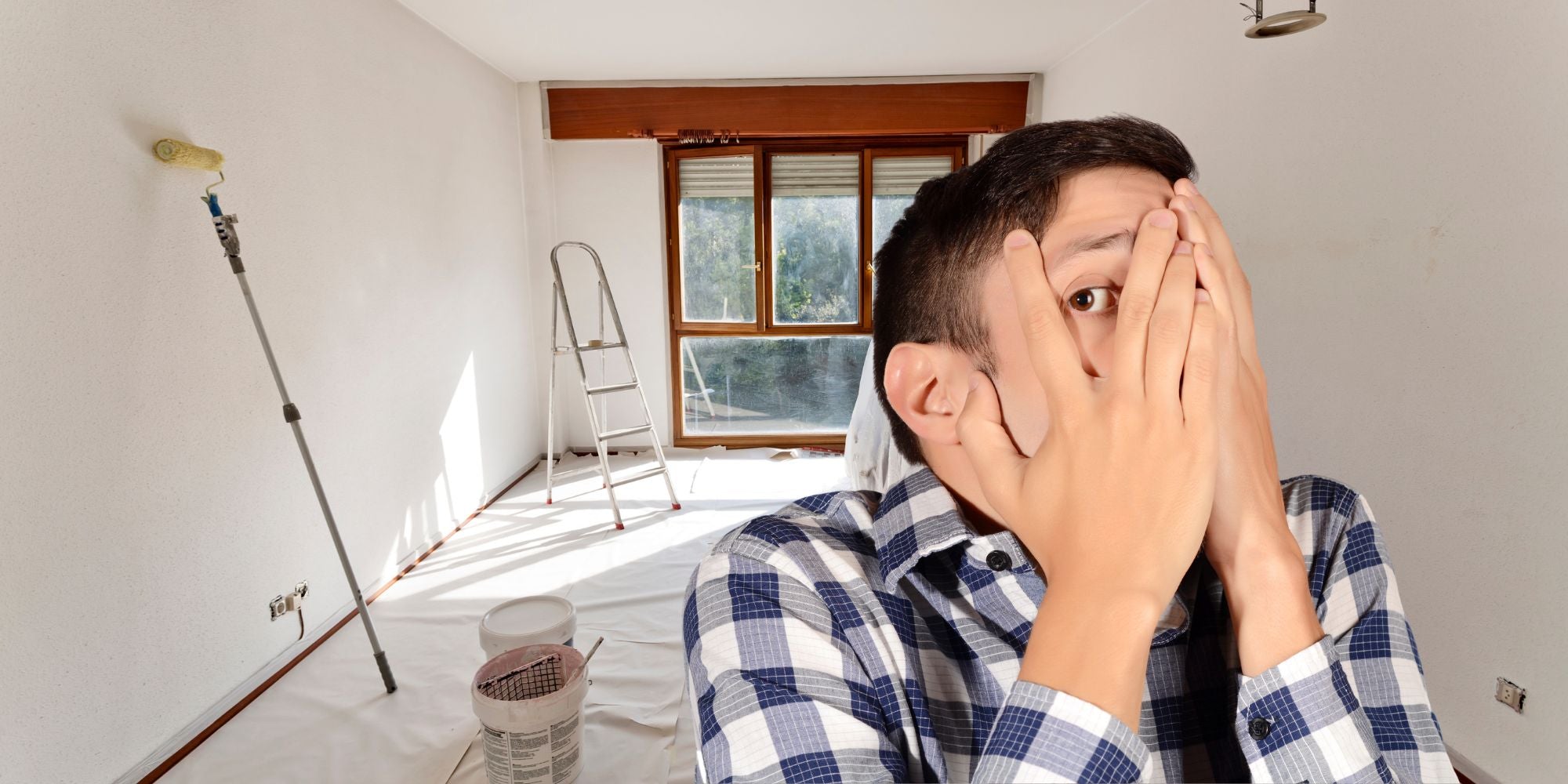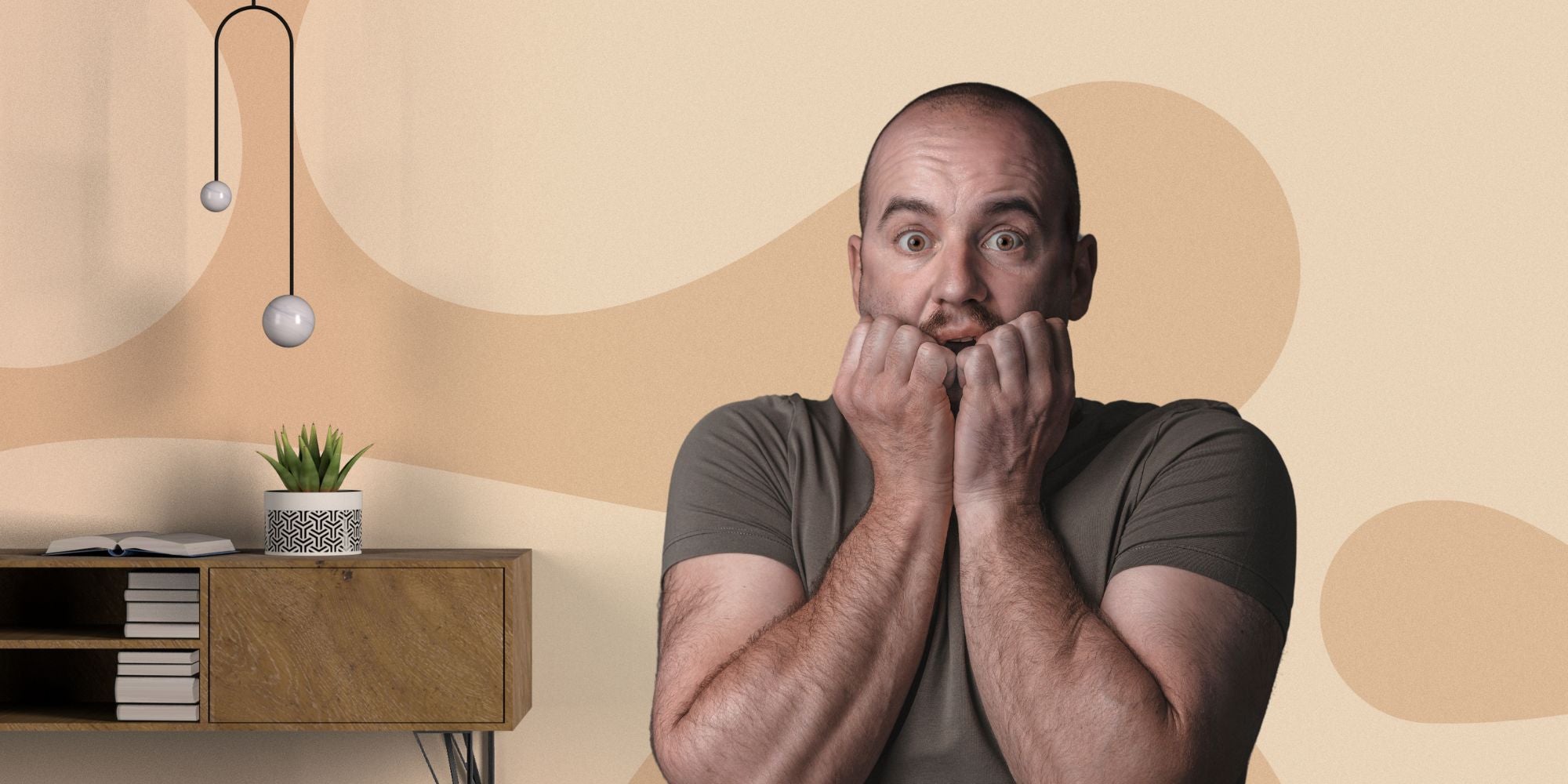Painting on wallpaper is an idea that may seem surprising, but it is increasingly being considered by those who want to freshen up their interior without undertaking major work.
This technique, while practical, requires some preparation and knowledge of the right tools and methods to ensure a satisfactory result. In this article, we will explore the benefits and challenges of painting over wallpaper, as well as practical tips for successfully achieving this transformation.
Key Points
- Painting over wallpaper is possible and can be a practical solution to change your decor without removing the old wallpaper.
- Preparing the wallpaper before painting is crucial to ensure good paint adhesion and avoid moisture problems.
- Choosing the right paint and the right tools is essential to achieve an impeccable and long-lasting result.
Is painting over wallpaper really a good idea?

The Benefits of Painting Over Wallpaper
People often wonder if painting over wallpaper is a good idea. Well, It's a great way to freshen up a room without having to do any major renovations.. Here are some advantages that motivate us to opt for this solution:
- Speed of execution: No need to remove the old wallpaper, paint directly over it.
- Economy : Less expensive than completely redoing the wall decor.
- Customization: Allows you to easily personalize your interior by changing the color as desired.
However, you have to choose your paint carefully and make sure that the wallpaper is in good condition to avoid unpleasant surprises. But once these precautions are taken, we get started and transform our space with ease and creativity. It is a solution that appeals to us to give our walls a facelift without too much effort or investment.
The challenges to be met
Let's not lie to ourselves, painting on wallpaper is no walk in the park. There are challenges to be met, but nothing insurmountable with a little preparation and patience. Here are some of the main challenges you might encounter:
- Make sure the wallpaper is securely attached to the wall and without air bubbles.
- Manage wallpaper textures or patterns that may show through the paint.
- Prevent wallpaper from peeling due to paint moisture.
But don’t worry, every challenge has its solution. For example, for adhesion issues, good surface preparation is crucial. And for textures, using the right undercoat can make all the difference. So, are you ready to take on the challenge?
Choosing the right paint and tools
We all know that the choice of paint and tools is crucial to successfully paint your wallpaper. That's why you have to think carefully before you start. For paint, you have the choice between glycerol and acrylic.
Glycero is known for its durability and smooth finish, but it has a stronger odor and takes longer to dry. Acrylic, on the other hand, dries quickly and is less harmful, but may not be as durable in the long run.
Here is a short list of essential tools for painting on wallpaper:
- Roller/brush: for even application.
- Paint tray: to avoid damage.
- Undercoat: essential for good paint adhesion.
- Gloves, mask and glasses: to protect yourself during application.
Remember, proper wallpaper preparation is essential before you start painting. This includes cleaning, smoothing out imperfections and applying an undercoat. Taking your time with this step ensures a finished result you can be proud of.
Techniques and tips for successful painting on wallpaper

Preparing wallpaper before painting
Before diving into the adventure of painting wallpaper, it is crucial to prepare the ground well. The first step is to make sure the wallpaper is clean, dry and firmly attached to the wall. If the wallpaper is peeling or bubbling, it will need to be repaired or consideration given to removing it completely.
For those of us who decide to keep the wallpaper, here are some simple steps to prepare it:
- Clean the wallpaper with a soft cloth and lukewarm water, possibly adding a little mild detergent.
- Allow to dry completely before beginning painting.
- If necessary, use filler to fill in any small imperfections and make sure it is smooth and dry.
This careful preparation will ensure that the paint adheres properly and that the final result lives up to our expectations. So, let's take our time to do it right from the start!
Applying paint: methods and tips
After carefully preparing our wallpaper, we come to the crucial step: applying the paint. This is where everything comes into play to achieve a professional result. We always start by applying a specific undercoat for wallpaper. This step is essential to ensure good adhesion of the paint and avoid unpleasant surprises.
Here are some tips for a flawless result:
- Always respect the drying times between two coats.
- Use quality brushes and rollers for a smooth and uniform finish.
- Do not neglect the corners and edges for a perfect finish.
And to avoid the pitfalls of makeovers, here are the mistakes to avoid:
- The botched preparation : it is the original sin of any painting project.
- Choosing the wrong type of paint: acrylic or glycerine, depending on the humidity of the room and the desired result.
- Underestimating the importance of the finish: matte, satin or velvet, each choice has its importance for the final appearance of the wall.
Finishing touches for an impeccable result
After applying the final coat of paint, we often think that the job is done. But, Finishing touches are the key to a professional look. Here are some tips to ensure you don't leave anything to chance:
- Always apply an undercoat before painting.
- Respect the drying times between two coats.
- Use quality brushes for a smooth and even finish.
Don't underestimate the importance of details.Adding quality decorative touches can dramatically transform the look of your painted wallpaper. Think about handles, hinges, and even the inside of drawers for a complete effect. Finally, avoid common mistakes like sloppy preparation or choosing the wrong paint. With these tips in hand, you're ready to give your space a second life with elegance and professionalism.
Discover our foolproof techniques and tips for successfully painting wallpaper and transforming your interior. For more advice and inspiration, visit our website and let us guide you towards the success of your decoration projects. Don't wait any longer, Click here to learn more !
Conclusion
In short, painting over wallpaper is not only possible, but it can also be a great idea to freshen up your interior without having to undertake major renovations.
However, it is crucial to choose the right technique and prepare the wallpaper properly before you begin. Whether you decide to remove the old wallpaper or opt for a suitable paint directly on top, the important thing is to proceed carefully to ensure a satisfactory result.
Remember, good preparation is the key to a successful decoration !
Frequently Asked Questions
Is it possible to paint directly on wallpaper?
Yes, it is possible to paint over wallpaper, provided that the wallpaper is in good condition, clean, and firmly stuck to the wall. It is also important to choose the right paint and apply a suitable undercoat.
What are the main challenges of painting wallpaper?
Key challenges include managing wallpaper textures, the risk of bubbles or peeling under paint, and the need for careful substrate preparation to avoid imperfections.
What type of paint is recommended for painting over wallpaper?
It is recommended to use an acrylic paint or a paint specially formulated to adhere to surfaces such as wallpaper. The use of a suitable undercoat is also recommended to improve adhesion and the final finish.

